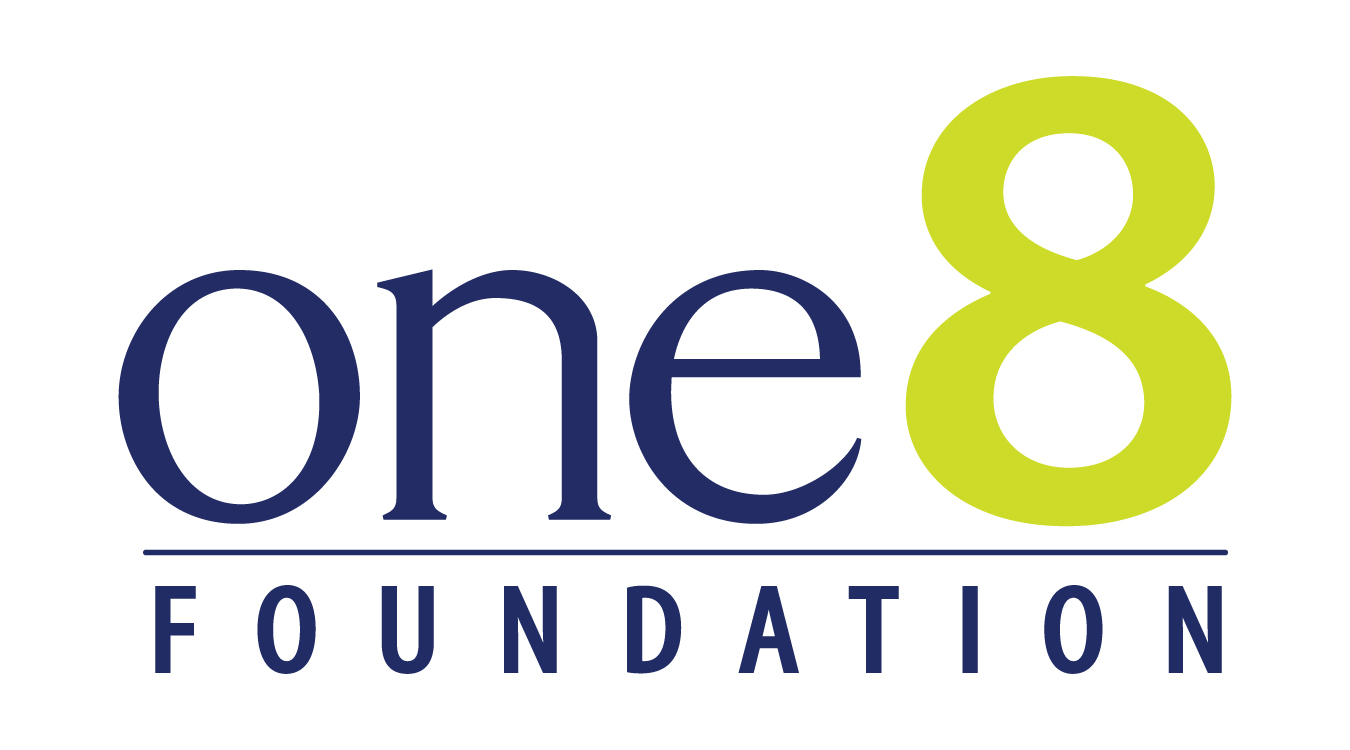APPLIED LEARNING
“When will I ever use this?”
It’s a question that students ask all the time. In posing the question, students aren’t trying to be difficult; they are trying to connect the dots between the skills and content they are being taught and the world beyond the classroom. If more of what we taught in U.S. schools were applied—that is, if the content were connected to real-world problems—more of our students might be deeply engaged in their learning rather than questioning its underlying purpose.
In applied learning classrooms, teachers facilitate learning by having students solve complex, real-world problems.
What is Applied Learning?
Broadly speaking, Applied Learning refers to learning where there is an explicit link between the academic content knowledge and skills being taught and how they can be used to solve real-world problems. How would an architect use the Pythagorean Theorem to calculate the length of rafters in a vaulted ceiling? How would knowledge of the Kreb’s Cycle inform the advice a nutritionist gives to an elite endurance athlete? Answering questions like these can engage students in solving multi-faceted problems as part of a coherent learning experience where both the depth of the academic content and its real-world application are prioritized.
FIVE CORE FEATURES OF APPLIED LEARNING
- Student work is centered on solving complex, real-world problems.
- The curriculum prioritizes developing deep content knowledge as well as students’ cognitive and non-cognitive competencies.
- Students achieve mastery through the use of intentional processes that require them to iterate, persist and learn from failed attempts.
- The learning experience incorporates an expectation that students collaborate or seek out additional information in order to define and solve the problem.
- In the upper grades, lessons frame problems from the perspectives of professionals in associated fields to help students see potential college and career connections.
